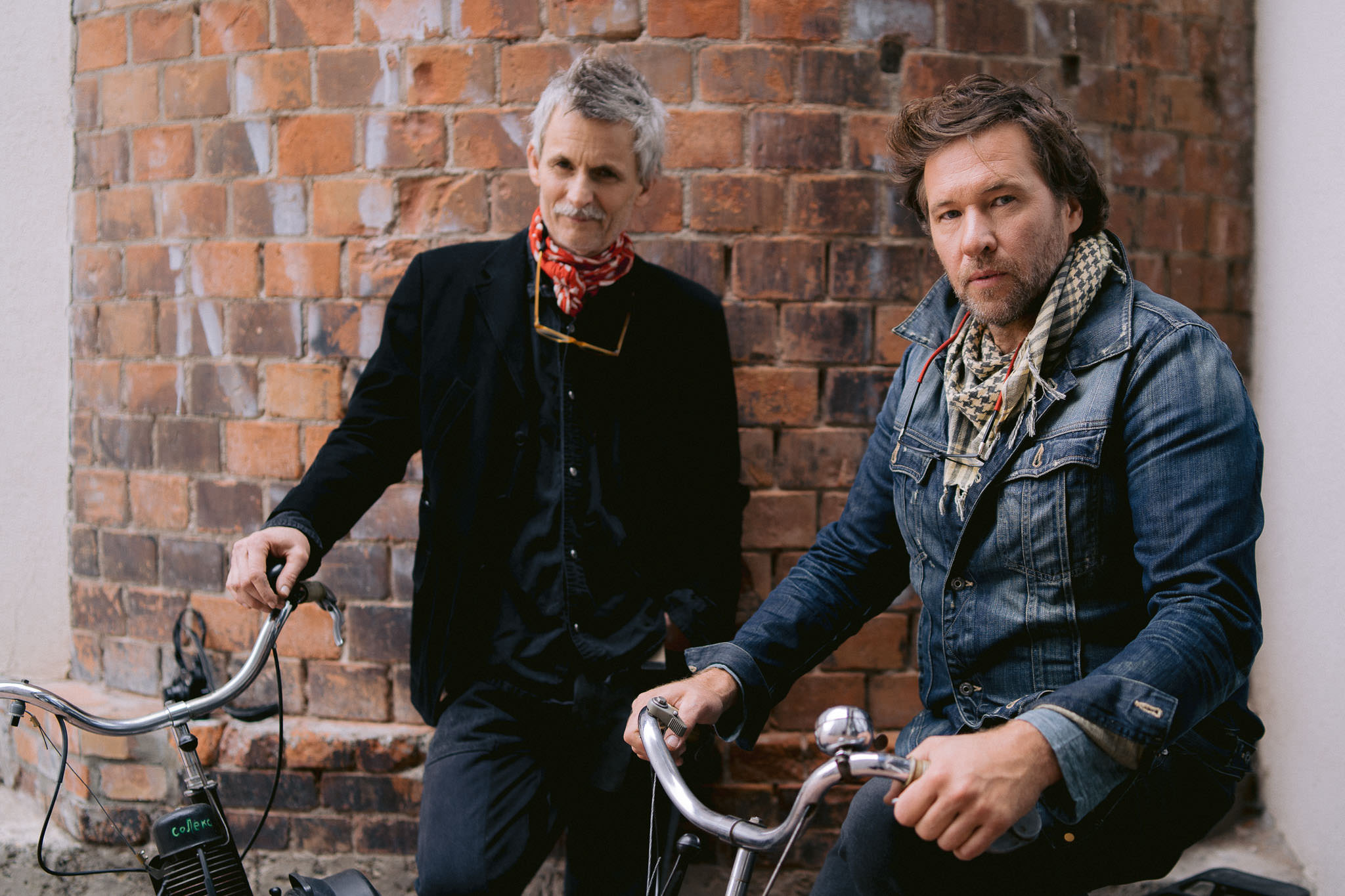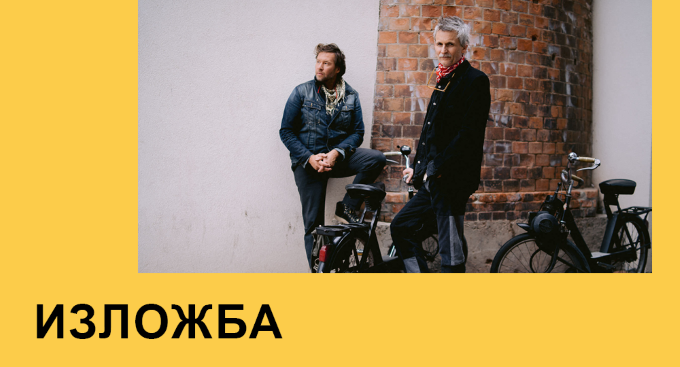
The ‘Plafon 100/2/2’ exhibition presents transgenerational differences when expressing and experiencing emotions through, at first glance, incompatible materials of metal panels and transparent digital photographs. Predrag Uzelac and Goran Augustinov, authors, present works that belong to different time frames, narratives, communities and societies and a metaphor of human relations with installations and video projections.
We discussed with Predrag Uzelac and Goran Augustinov the topic of the exhibition and what makes a city the capital of culture. The exhibition will be opened in the Svilara Cultural Station on Thursday, 19 November at 7 p.m., and it will remain open for visitors until 24 November, every workday from 10 a.m. until 6 p.m.
The topic of the ‘Plafon 100/2/2’ exhibition are human relations, and motifs are old photographs that evoke some other times – do the works present regret for some lost times or are they a comment to modern relations?
Goran: The exhibition deals with the observation of love through time and comparison with personal experience.
Predrag: The ‘Plafon 100/2/2’ exhibition above all presents an encounter between traditional and modern relations of two persons that is reflected in society, marriage, evolution, ethics, spirituality, religion, revolution… and love, at the beginning and end. Therefore, it completely presents modern relations that take into account their genesis. In my opinion, it is not about nostalgia or regret for some past times, i.e., about the principle of some relations in the past, but about forensic analysis, not critique.
Who are the people presented on metal panels? Do you think that some visitors will recognise some distant relative or ancestor?
Goran: People are randomly taken out of context of time and analysed. It would be really nice to find out about real life of those people, their relatives, ancestors, acquaintances, friends. We hope for such outcome.
Predrag: Who are the people in photographs who it started all from? These are Adam and Eve of our story. When Goran was buying a frame at the Najlon market, he took out the photograph, left it, and gone. Benevolent salesman ran after him. He said that he must take it and do not separate from the frame. All of that was really cute. We laughed later, while drinking rakija and watching framed photo in Goran’s salon. However, that was the first question that came to our minds when we peered into it. Then it shattered into numerous other… When was it made? What do emotions on their faces express? What was their marriage like? Was it typical or special one? What was their background? Education?… This one looks so promising; how did they end up at the market?
Artefacts of all times are everywhere around us, fro those who know what they are looking for. What is the treasure of your inspiration, where do you find photographs presented on the exhibition?
Goran: The photograph found us. It is about the enlarged photograph that has been divided into segments that make part of the installation.
Predrag: I think I answered earlier, but I can still say that other artefacts of the past are not just museum objects that we need to have in our collection. Personally, they always bring plenty of questions and associations, either general or personal. They have a great value only when they offer something again, today, and tomorrow. Again, an encounter between the past and the future. We only give them some other function in order to keep them alive. As my brother Sloba Misailović said: ‘A little bit of effort and talent and there we go… I think I get to the point.’ Similarly to us, being inspired by the same thing, he arranged great music mostly made of Suba’s (Mitar Subotić Suba) little-known compositions and a wonderful love recital by the famous jazz musician Tony Scott, which has not been presented for decades. Maybe I am not a photographer by accident. Doesn’t photograph do the same?

A human face was always a source of inspiration, to which extent has the authenticity of human face been lost by digitisation and mass production of photographs?
Goran: A human has always had the need to falsely present themselves. The difference is that today it is totally trivialized.
Predrag: Yes, a human face was always a source of inspiration, and I think it will remain, as long as we do not change and distort it on our own. Does new digital media affect it? I think it does not. New digital media enables some quality thinking about the portrait to express better sometimes, no matter the craft performance. They, however, demand considerable skill, for something more, so that mass consumption and production still do not lead towards linear mass interest in portrait and quality, i.e., craft of expressing it.
Who is it meant for?
Goran: Family. A strong family is always a remedy for diseased society. Furthermore, one of our wishes is to attract elderly fellow citizens, who would help us to close the circle.
Predrag: The topic is an ontological court for all of us. Finally, a place without underprivileged.
European parliament confirmed that the Novi Sad will be the European Capital of Culture in 2022. What, in your opinion, makes a city the capital of culture?
Goran: Good energy of individuals, good energy of the crowd, not empty sayings.
Predrag: Above all, the capital of culture should consist of really polite people, i.e., their attitude towards culture. We easily forget that the capitals of culture reach those people and attitude, people who were aware why and how much we needed culture and to which extent we have to invest in it. The seeds have had to be sown long time ago, so that we could pick the fruits of culture today. They obviously made a difference between terms investment in culture and funding for culture.
The ‘Plafon 100/2/2’ is one of the 42 projects that received funds within the Public call within the ‘Artists. Now!’ project, aimed at strengthening local cultural scene, raising its capacities through a network of cultural stations, decentralisation of culture and audience development.
Organisers kindly ask all visitors to adhere to all measures in order to maintain health and enjoy cultural events. Visitors are obliged to wear masks during all events. The maximum number of visitors indoors is being controlled. In the case of change of pandemic measures, the organiser reserves the right to change the programme and format of the event.
Photo: Vladimir Veličković